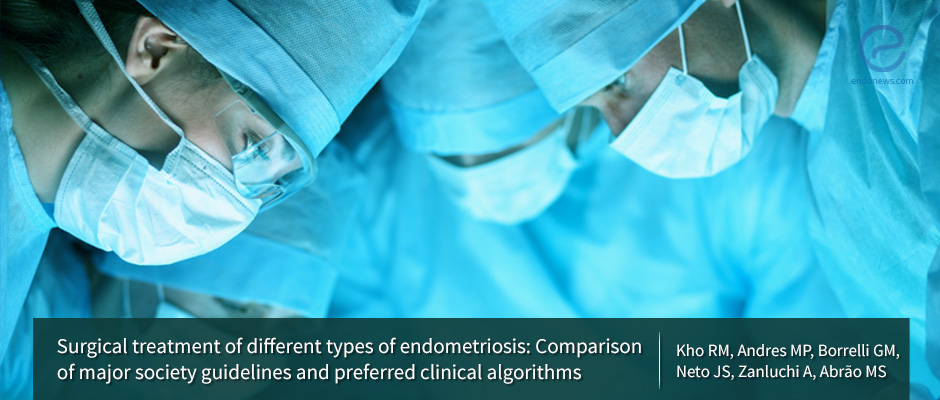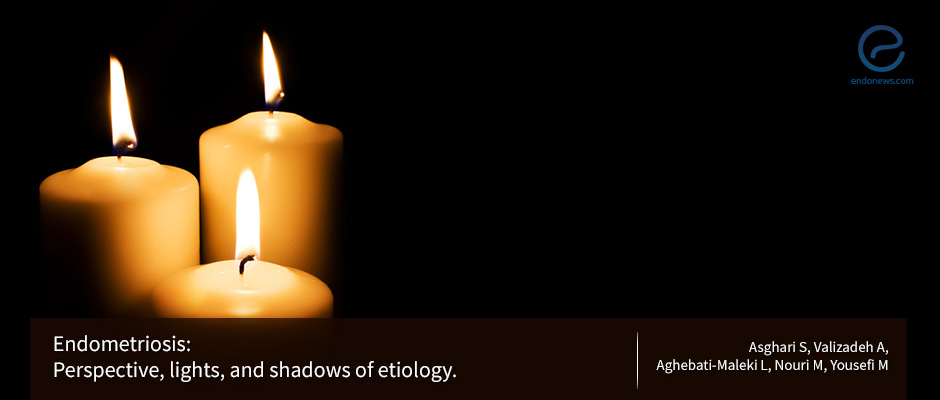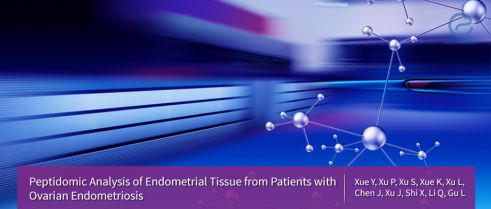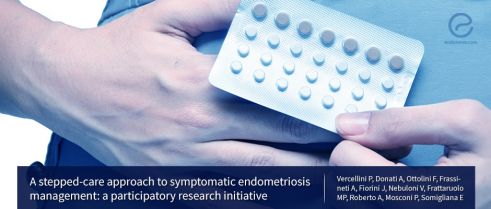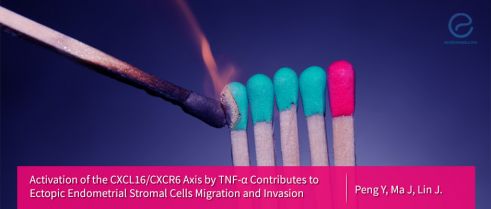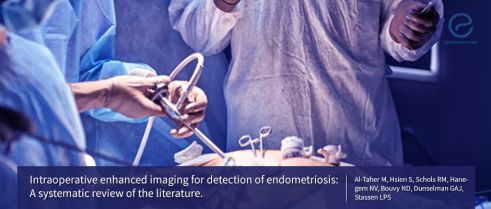Is there a definitive guideline for the surgical management of endometriosis?
Which guideline addresses patients' concerns over the surgical management of their endometriosis?
Key Points Lay Summary
Expert discussion on mechanisms of endometriosis development and progression
A multifactorial facet of endometriosis pathogenesis
Key Points Lay Summary
Predictors of psychological distress
Greater self-esteem and self-efficacy is associated with less psychological distress in women with endometriosis.
Key Points Lay Summary
Key to Understanding Ovarian Endometriosis may lay in the Peptides
The peptides and their precursor proteins that play role in the pathogenesis of ovarian endometriosis.
Key Points Lay Summary
Oral Contraceptives and Low-Cost Progestins to Reduce Endometriosis-Associated Pain
Moving to high-cost progestins or surgery may not be necessary to reduce pain for most women with endometriosis.
Key Points Lay Summary
How do adolescent girls and boys perceive symptoms suggestive of endometriosis among their peers?
Findings from focus group discussions in New York City.
Key Points Lay Summary
Inflammatory molecules promote the migration and invasion of endometriosis cells
The role of inflammatory chemokine in endometriosis progression
Key Points Lay Summary
What is being done to help surgeons detect endometriosis during laparoscopy
Contrast agents for the visualization of subtle endometriosis
Key Points Lay Summary
